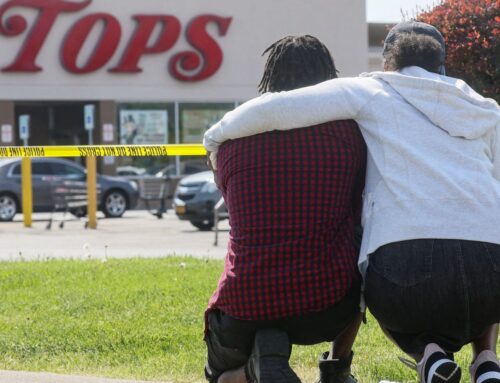Education issues abound in the news these days, and we’d like to hear what you think about them:
The battle over the best course for school reform went into high gear in the black community on May 18th, when the NAACP joined with the United Federation of Teachers to file a lawsuit against the New York City Department of Education (DOE). The suit asks the court to halt the city’s closure of 22 poorly performing schools and to stop the DOE from allowing charter schools to use space in buildings that house public schools. In a Washington Post op-ed piece, found here, Ben Jealous, President and CEO of the NAACP, explained that the NAACP joined in the suit to protest: 1) the “unfair and unjust” way in which the city is giving the charter school children favored treatment in the facilities, and 2) the city’s failure to involve parents and the community before making major changes like school closings.
The NAACP’s decision to join the teacher’s union in the suit has not been particularly well received in the black community, especially among supporters of charter schools. If the suit is successful in invalidating the city’s co-location plans for charter schools, these schools will lose their facilities and either be unable to enroll new children or could face closure. The mere filing of this suit at this time disrupts the plans of the approximately 70,000 children enrolled in these charter schools for the fall. While the teacher’s union’s lack of support for charter schools is not surprising given that many charter schools are not unionized, an increasingly vocal group of people have found the NAACP’s position in this suit puzzling. On May 27th , thousands of charter school supporters, including Geoffrey Canada, president and chief executive officer of the Harlem Children’s Zone and president of the Harlem Children’s Zone Promise Academy Charter Schools, gathered on 125th Street in Harlem to protest the NAACP’s involvement in this suit.
Critics of the NAACP’s involvement in this suit have been vocal in the press as well. “Why is the NAACP Fighting African Americans?” asks the board chair for the Black Alliance for Educational Options and Democrats for Education Reform and a former D.C. Councilman in a Washington Post op-ed piece found here. Michael Lomax, head of the United Negro College Fund, and former D.C. Chancellor Michelle Rhee wrote an op-ed piece for the New York Daily News entitled, “The NAACP’s Clout is a Terrible Thing to Waste: Black Rights Group is Wrong to Sign onto UFT Lawsuit”, which can be found here.
Jealous and the NAACP leadership assert that while they support alternative school options, they oppose what the DOE is doing with these charter schools. Moreover, they don’t think the DOE has sufficiently supported the public schools they want to close. Opponents of the suit and the NAACP’s involvement in it think it is shameful that an organization that has a long and illustrious history of championing the education of black children is both supporting an effort to keep failing schools open and seeking to deny children a viable educational alternative.
Readers, what do you think? Whose side are you on? Let your voice be heard in the comments section below.
Meanwhile, the news from the world of parochial schools, another educational alternative that has served many African Americans well, is also grim. A recent article in The New York Times: “As Catholic Schools Close in Major Cities, the Need Only Grows”, found here, highlights the final graduating class of Rice High School in Harlem, which is being closed by the Archdiocese. This celebrated all male Catholic high school, whose student body is 98 percent Black or Hispanic (with 80 percent of its students requiring financial aid), has virtually every graduating senior headed for college. Parents of Rice students are dumbfounded that this incredibly successful school is being allowed to close. But as the article notes, the issues that are causing Rice and Catholic schools like it to close have been evident for some time: “declining enrollment; less money from parish or diocesan coffers; far fewer clergy members to serve as an unpaid administrative and teaching force; annual tuition that, typically in the mid-four figures, is too expensive for many working-poor and working-class families yet far short of actual per-student costs”. Rice’s closure has even more disturbing roots: its founder, the Christian Brothers Religious Order, declared bankruptcy in April 2011 due to its inability to afford payments to victims of sexual abuse by the order’s members, particularly in the Seattle area.
Where are the philanthropic efforts to keep wonderfully successful schools like Rice open? Parents and supporters wonder if the Catholic Church administration has tried hard enough. As a foundation official notes in the article, “Given all the money that’s been raised for charter schools— from the Gates Foundation, from Eli Broad, from hedge fund managers — I find it perplexing that Catholics can’t raise money for their own schools that have a track record of success…I don’t think they’ve tried hard enough. They’ve lost focus on their core mission.”
Should our community be more focused on keeping successful schools open, wherever we can find them? How do we take what works in these schools and apply it to the troubled ones? What do you think? Tell us in the comments below.





